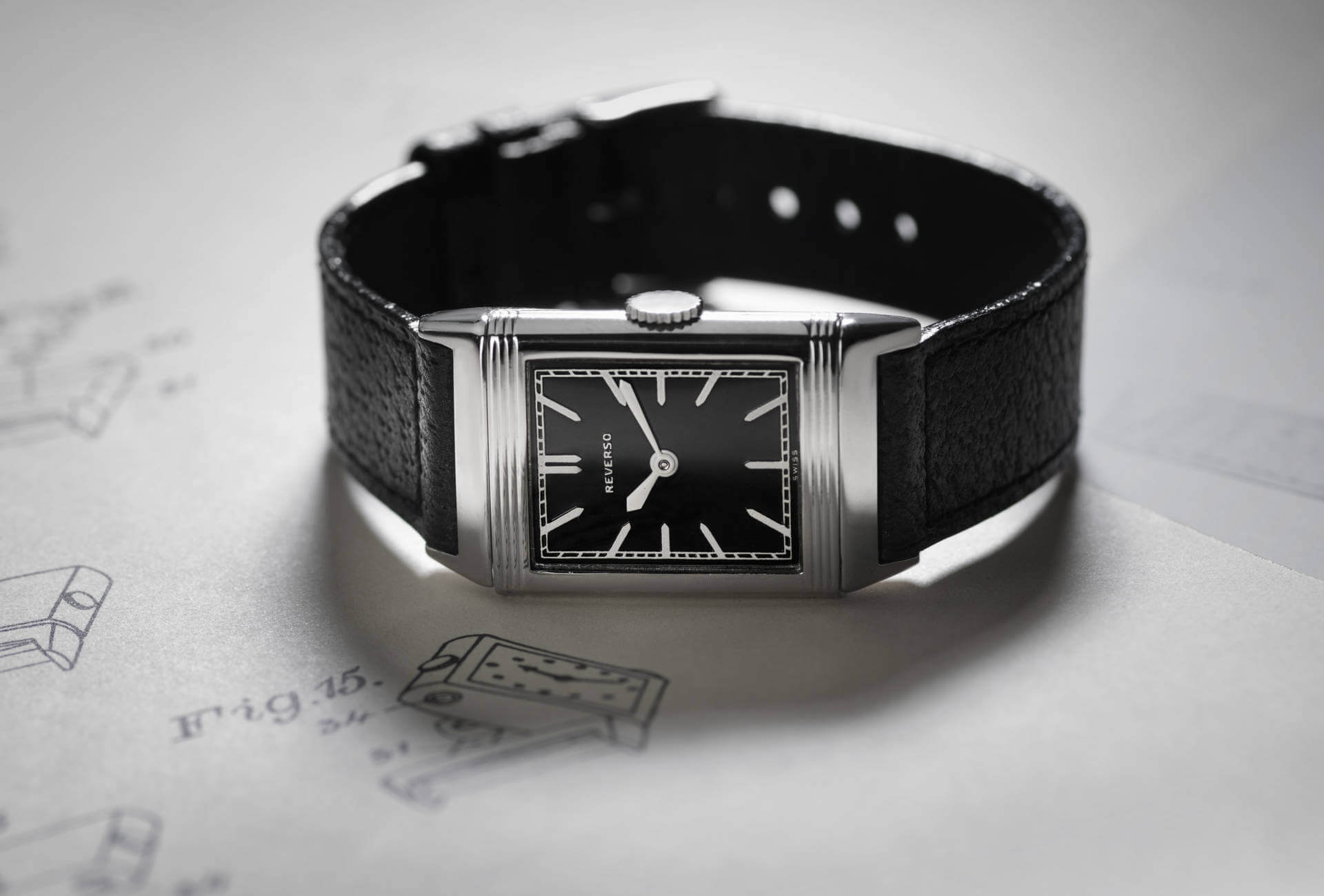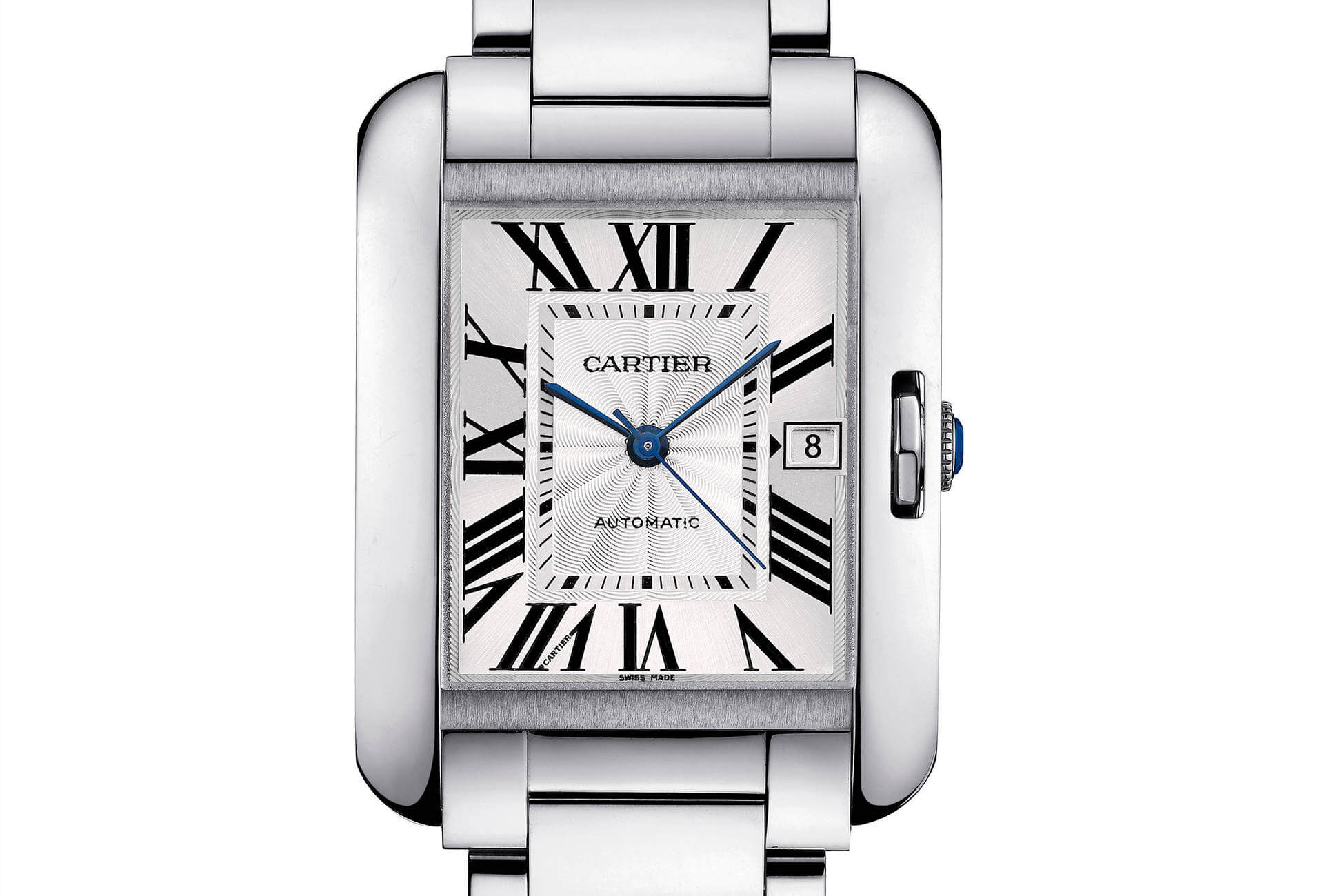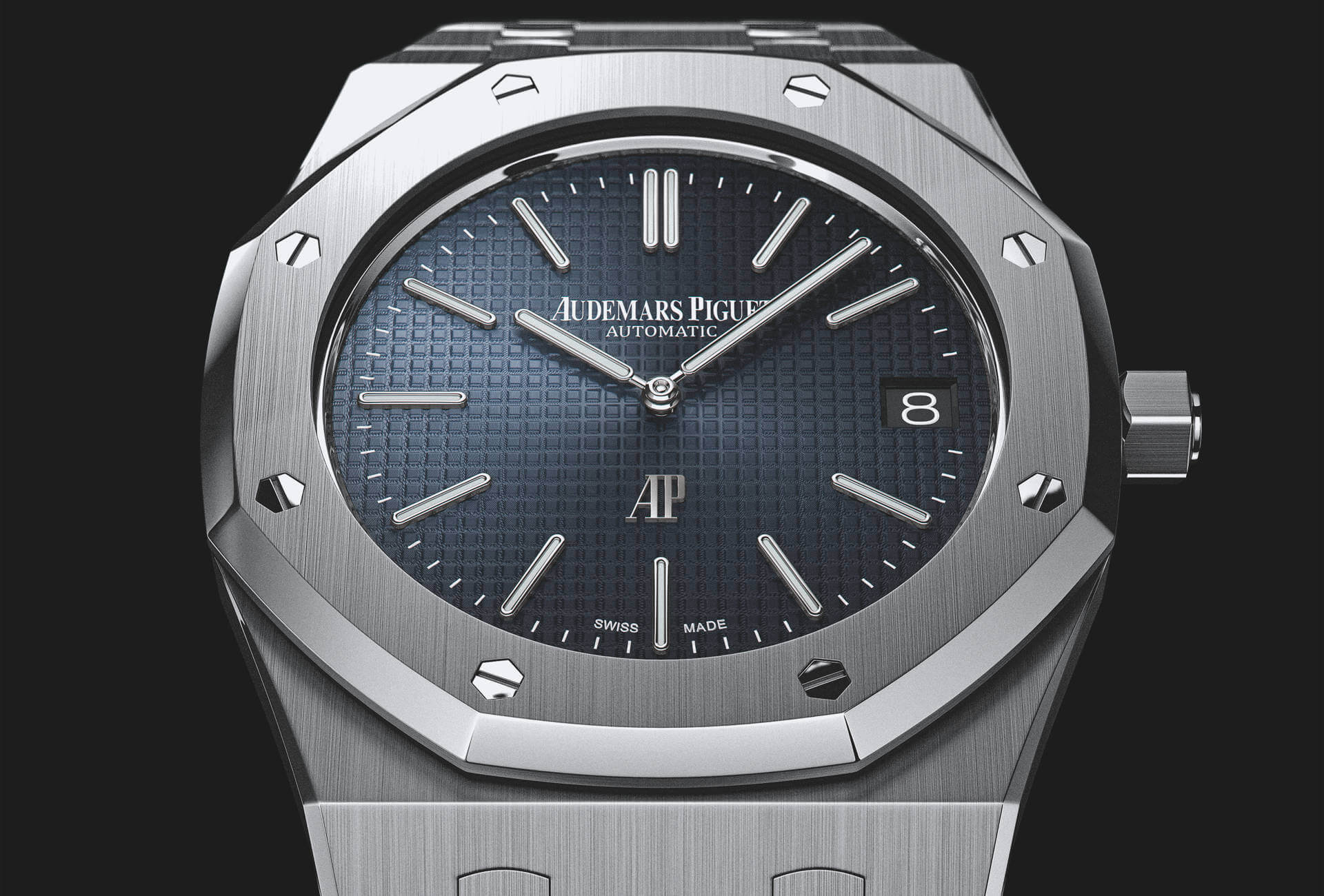At end 1990, the year of German reunification, Walter Lange established Lange Uhren GmbH and registered the A. Lange & Söhne brand name for the entire world. He was determined to revive the renowned watch manufacturing company which his great-grandfather, Ferdinand Adolph Lange, had founded in 1845 in Glashütte, near Dresden, then capital of the Kingdom of Saxony. Four years later, on October 22nd, 1994, he invited the twelve leading watch retailers in Germany, Austria and Switzerland – it would be the press’s turn two days later – to preview the very first watches in this new era for the brand. One of them was the Lange 1. In his memoirs, The Revival of Time, published in 2005, Walter Lange recalls the “almost euphoric” response from the audience. The Lange 1 was, he writes, “in a way our calling card, our standard model, if one can even use this phrase for such an exclusive watch with its large date display that was then unique the world over”.
Highly symbolic
This large (“outsize” in Lange parlance) date display with its twin apertures looks to the digital clock made in 1841 for the Semper Opera House in Dresden, which gives the time in Roman numerals for the hours next to five-minute intervals in Arabic numerals. The clock is the work of Johan Christian Friedrich Gutkaes, the apprenticeship master and later father-in-law of Ferdinand Adolph Lange. In addition to their similar designs, the opera clock and today’s large date are both driven by revolutionary mechanisms. The opera house itself is a symbol of rebirth, having been rebuilt not once but twice, much as the Lange 1 stands for the new lease on life given to Manufacture A. Lange & Söhne and, more widely, the Saxon watch industry, which it represents as part of the horology collection held by the Cabinet of Mathematical and Physical Instruments at the Zwinger Museum in Dresden.
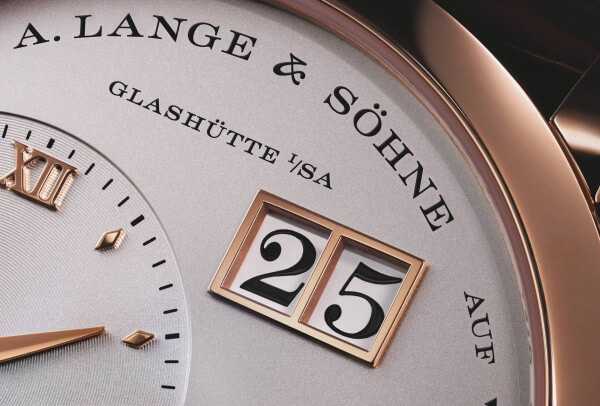
Highly contemporary
From the moment the Lange 1 was revealed in 1994, there could be no doubting that this was a different kind of watch. Its dial clearly stood out from existing production, with hours and minutes, small seconds, power reserve and date all distinctly displayed without any overlapping of functions. It boasts an exceptionally clean design and is particularly easy to read, not least the large date. A conventional display uses a disc, numbered 1 to 31, that rotates under the dial to show the date in a single aperture. The system which A. Lange & Söhne patented replaces this space-consuming disc with a cross-shaped part, numbered 1, 2, 3 plus a blank, on top of a disc with the digits 0 to 9. The Lange large date was the first date display in a wristwatch to be shown in two apertures, and has been imitated many times since. Because it takes up significantly less room, this unprecedented system lends itself to a much larger display than is standard. It did, however, take a particularly ingenious mind to devise the complex mechanism that would drive this function, now a hallmark of the brand.
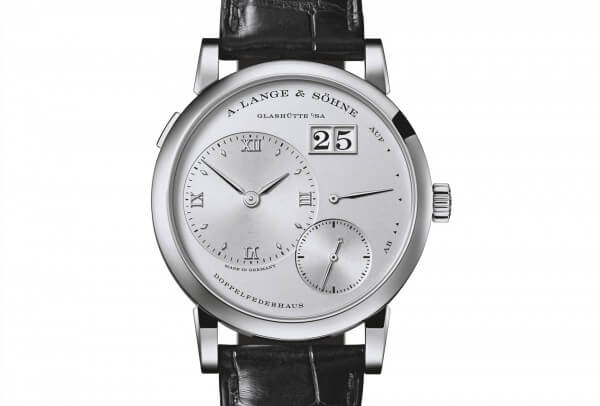
Aesthetically and technically innovative, the Lange 1 has kept all its promises. More than twenty years after its launch, it remains virtually unchanged. Modifications introduced in 2015 were essentially technical improvements to increase the precision of the regulating organ and for an instantaneous date change at midnight. It would take a well-trained eye to spot any differences: case size (38.5 mm) and dial layout are the same; the only distinction comes from the slightly larger dial opening, made possible by a marginally slimmer bezel.
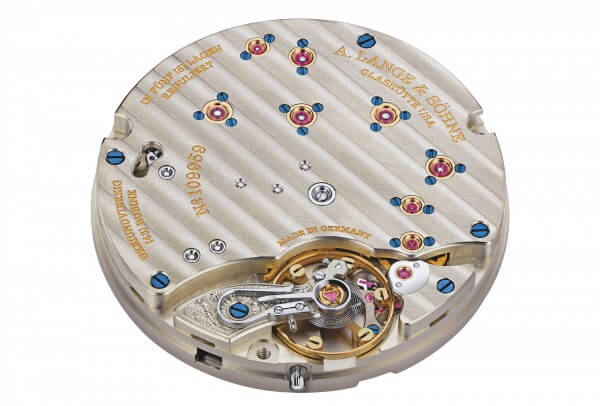
Highly traditional
As contemporary as it may be, the watch that signalled A. Lange & Söhne’s resurrection disavows none of the brand’s prestigious past. Far from it. Not only is its performance worthy of the Manufacture’s reputation prior to forced nationalisation shortly after the Second World War, its movement includes many of the classic features of Saxon watchmaking, beginning with the signature three-quarter plate. Introduced by Ferdinand Adolph Lange in 1864, it covers most of the bridges for greater solidity. Equally noteworthy are the gold jewel sinks, the blued screws, the balance wheel with poising weights, the swan’s neck regulator and, the ultimate flourish, the hand-engraved balance cock that makes each watch unique. These same characteristics are, as a general rule, found in all the collections which A. Lange & Söhne has produced since its rebirth. What Walter Lange described as a “calling card” in 1994 has become the definitive Lange watch.












